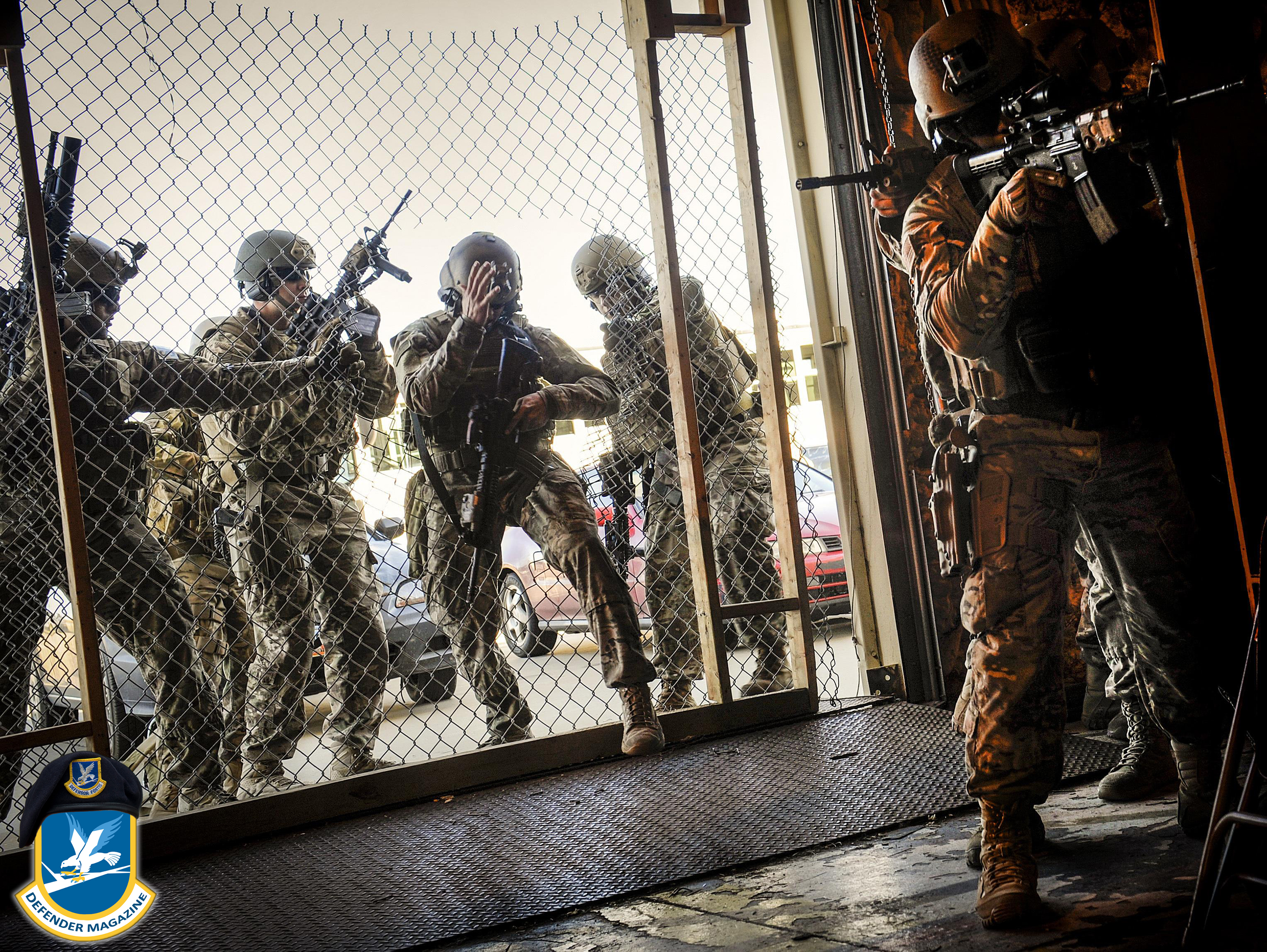
10/12/2017 – F.E. WARREN AIR FORCE BASE, Wyo. (AFNS) — Twentieth Air Force’s three missile wings restructured their security forces groups Oct. 6, 2017, and implemented the Missile Security Operating Concept, significantly changing missile field security operations and addressing areas for improvement in defender culture.
“We’re delivering a combat deployment mindset by applying 15 years worth of best practices from down range security operations to defending the most powerful weapon system in our U.S. arsenal,” said Maj. Gen. Anthony Cotton, 20th Air Force commander. “Squadrons now have the ability to take total ownership of their daily mission, and defenders are better equipped with the tools necessary to be a truly lethal [Intercontinental Ballistic Missile] force.”
MSOC began as a beta test at the 91st Security Forces Group, Minot Air Force Base, North Dakota, in November 2016. After evaluating the impact to operations and defenders, 20th Air Force set out to implement it at the 90th SFG, F.E. Warren AFB, and the 341st SFG, Malmstrom AFB, Montana.
Implementing MSOC required each group to stand up an additional missile security forces squadron. The three identical, task-organized squadrons will now work, train and rest together as one cohesive fighting force, said Col. Jason Beers, 91st SFG commander.
“The most significant change under MSOC is that missile complex security shifts from being group commander led to squadron commander led,” said Beers. “The entire responsibility for daily security belongs to one squadron commander for their tour. Instead of 900 personnel, squadrons now have more manageable sizes. This change places authority and responsibility at the correct level, enables increased supervision and focuses on developing and caring for Airmen and their families, which directly leads to a more lethal and ready force.”
KEEP READING – Login or Register below to READ MORE!
